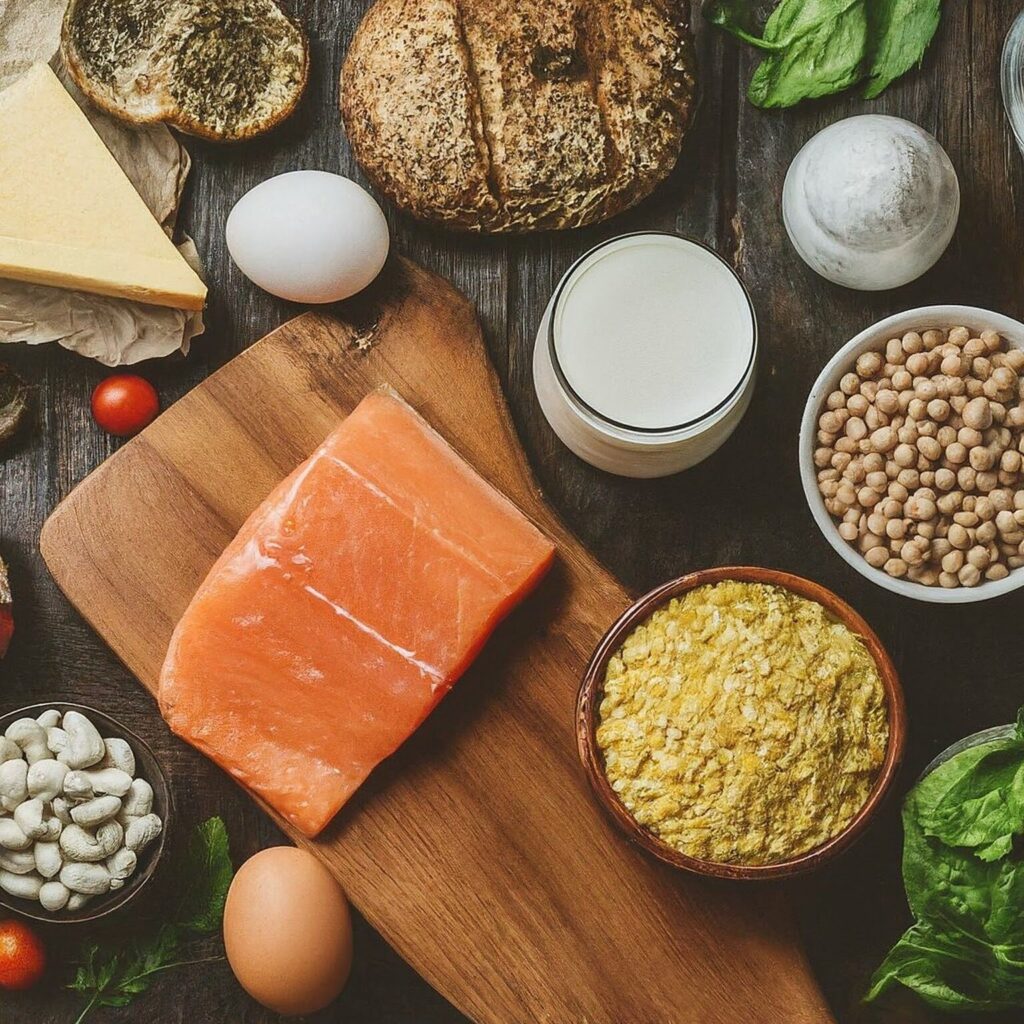Mango Slush Recipe
Summer is synonymous with the need for refreshing, cooling beverages. When the temperature soars, there’s nothing quite like a chilled drink to keep you cool. Among the myriad options, the mango slush stands out as a quintessential summer delight. With its vibrant color, irresistible taste, and soothing chill, a mango slush is a perfect blend of taste and refreshment. Ingredients Needed To create the perfect mango slush, you’ll need: Choosing the Right Mangoes The success of your mango slush hinges on selecting the right mangoes. Not all mangoes are created equal, especially for slush. Best Mango Varieties for Slush Opt for varieties that are juicy, sweet, and have fewer fibers. Some top choices include: How to Pick Ripe Mangoes Look for mangoes that yield slightly to gentle pressure and have a sweet fragrance at the stem end. Avoid those with wrinkled skin or dark spots. Preparing the Mangoes Proper preparation is key to achieving the perfect slush consistency. Peeling and Chopping Start by peeling the mangoes. A sharp knife or a vegetable peeler works best. Once peeled, slice the flesh away from the pit and chop into small chunks. Removing the Pit Ensure you remove the pit entirely to avoid any bitter taste or unwanted texture in your slush. Tools and Equipment A few essential tools will make your mango slush preparation smooth and efficient. Basic Mango Slush Recipe Let’s dive into the basic recipe that serves as the foundation for all variations. Step-by-Step Instructions Tips for Perfect Consistency Variations of Mango Slush Experimenting with flavors can elevate your mango slush experience. Mango and Mint Slush Add a handful of fresh mint leaves to the basic recipe for a refreshing twist. Mango and Coconut Slush Replace water with coconut milk for a creamy, tropical flavor. Spicy Mango Slush Incorporate a pinch of chili powder or a slice of jalapeno for a spicy kick. Health Benefits of Mangoes Mangoes are not just delicious; they’re packed with nutrients. Nutritional Information Mangoes are rich in vitamins A, C, and E, as well as fiber and antioxidants. Antioxidant Properties These antioxidants help fight free radicals, promoting healthy skin and reducing inflammation. Hydration and Cooling Effects High water content in mangoes makes them perfect for hydration, especially in summer. Sweetening Your Slush Choosing the right sweetener can make a big difference. Natural Sweeteners vs. Sugar Opt for natural sweeteners like honey or agave syrup for a healthier option. Adjusting Sweetness to Taste Start with a small amount and add more gradually to avoid oversweetening. Adding Extra Flavors Enhance your mango slush with additional flavors. Herbs and Spices Try adding basil, ginger, or a pinch of cardamom. Complementary Fruits Blend in pineapple, banana, or berries for a unique taste. Serving Suggestions Presentation can make your mango slush even more appealing. Ideal Serving Glasses Serve in tall, chilled glasses for the best experience. Garnishing Ideas Garnish with mint leaves, lime slices, or a sprinkle of chili powder. Storing and Preserving Learn how to store your slush to enjoy it later. How to Store Leftovers Store in an airtight container in the freezer. Blend again before serving. Freezing Tips Freeze in ice cube trays for easy blending later. Common Mistakes to Avoid Avoid these pitfalls for the perfect mango slush. Overblending Too much blending can turn your slush into a smoothie. Wrong Mango Choices Using underripe or overripe mangoes can affect the taste and texture. Making It Kid-Friendly Adjustments to make it suitable for kids. Reducing Sugar Use less sweetener or opt for natural sweeteners. Fun Presentation Ideas Serve in colorful cups with fun straws and garnishes. Conclusion Mango slush is a versatile and delightful summer drink that can be customized to suit your taste. With the right ingredients and a little creativity, you can enjoy a refreshing beverage that’s both delicious and nutritious. So, grab some fresh mangoes and start blending! FAQs Can I Use Frozen Mangoes? Yes, frozen mangoes can be a convenient alternative. They also help achieve a thicker consistency. How Long Can I Store Mango Slush? Mango slush can be stored in the freezer for up to a month. Blend again before serving for the best texture. What Other Fruits Go Well with Mango? Fruits like pineapple, banana, and berries complement mango well, adding unique flavors to your slush. Is Mango Slush Vegan? Yes, the basic mango slush recipe is vegan. Ensure any additional ingredients, like sweeteners or milk substitutes, are also vegan. How Can I Make It Without a Blender? Without a blender, you can mash the mangoes by hand or use a food processor. Crush ice manually and mix well.
Mango Slush Recipe Read More »





